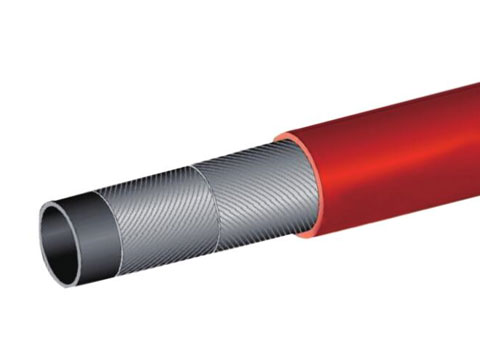An API 16D oil hose is a great choice for any automotive application. The hose's corrugated braiding makes it suitable for oil storage and transport. There are several types of API 16D hose available, including the Corrugated Braided, which is the most common type. Corrugated Braided hose is also called AWWA, which stands for Automotive Service Water Hose. If you are not familiar with API standards, you can learn more about this hose by reading this article. api16d oil hose API 16D oilhose is designed to meet specific oil field requirements. It has many technical specifications. These specifications provide a consistent product that will meet your needs and specifications. An API 16D oil hose is manufactured with an inner tube made of synthetic rubber and is lightweight and durable. Lloyd's Register approves hoses and they comply with API 16D guidelines. GlobalCore can provide the right hose for you, whether you need a standard or custom-designed hose. API 16D oil hoses are suitable for use in hydraulic applications and blowout prevention systems. They are made with superior components that can withstand high temperatures and pressures. They are also fire-resistant and feature high insulation properties. API 16D oil hoses are available in a variety of sizes and types, and are widely used in the oilfield industry. Some types of API 16D hoses are designed to withstand flame temperatures of 1300 degrees Fahrenheit. Corrugated Braided Hose Corrugated braided API16D oil hoses are made of multiple textile strands with a wire helix for strength and kink resistance. The wire helix also provides a path for static charge discharge to the ground. The black hydrogenated nitrile cover provides extreme heat and oil resistance. The hose is secured by steel crimp couplings. For versatility, corrugated braided pipes are available in lengths from 25 to 300 feet. The couplings may be attached with bands, reducing the working pressure of the hose. NAHAD Industrial Hose Assembly Guidelines contains references for assembly. A proper corrugated metal hose has a minimum dynamic bend radius, or MDBR. MDBR is derived through testing in an in-house laboratory. It is designed to be flexible, but still strong enough to handle high pressures and withstand extreme temperatures. Close-pitched Hoses have more corrugations per feet, which distribute bending strain over a greater number of corrugations. This allows for tighter bends, and greater flexibility. The braid is also integral to the assembly, contributing to its ability to withstand high pressure. While many metal hoses have similar appearances, the actual construction of each one varies considerably. Before you choose the right one for your application, there are many factors to consider. The hose's performance is affected by the external and internal temperatures, the equipment used and the chemicals being transferred. Metal hoses are more resistant to rupture than their non-metal counterparts, so they are a safer choice in many applications. Hose Fitting Type The hose fitting type for api16d oil - a standard type of hose for use in the petroleum industry - varies based on the function it performs. There are many types of threaded connector ends available that seal at the thread. Elastomeric seals are also available that can be used with a variety mechanical attachments. For oil hoses, different types of hose fittings are available, including those made for use with hydraulic cylinders. Blowout prevention systems are one of the main uses for an API 16D Hose. These hoses are specially designed to withstand the high working pressures of BOP control systems and remain in use despite severe fires. They are also resistant to high temperatures and have high pressure resistance. Whether you're using the hose in oil and gas production or in mining, you can trust the API 16D standard to keep your hydraulic cylinders safe.

